Estimated reading time: 8 minutes
Adding pigs to the homestead can be a big step. There are many things to plan for when upgrading your livestock from small animals. And as with any kind of livestock, there are mistakes that you will make and learn from along the way.
Pigs are a great way to raise your own meat on the farm, but they do come with their own unique set of quirks. Learn more about the pros and cons of raising pigs with these tips.
Want to save this post for later? Click Here to Pin It on Pinterest!
Pros of Raising Pigs
There are many good reasons to raise pigs on the homestead. Check out these positive aspects to raising your own pigs.
Grow Your Own Meat
Many fellow homesteaders choose to add pigs to the farm for the meat. Raising your own pork is a great way to know where your meat comes from and ensure that it was treated humanely. You know what kind of food went into growing your pigs, as well as how much access to nature that they received.
Many homesteaders believe you should raise animals outdoors, in the sunlight, compared to commercially grown livestock that is stuck in a building. Allowing your pigs access to the dirt and clearing land is another reason why home-grown pork is better.

Nothing Goes to Waste
While you will feed your pigs with food from either a supplier or the local grain elevator, they are also great to have in recycling food scraps. Pigs can eat anything and are known for their ability to devour a wide range of food. While chickens are also good at cleaning up scraps, pigs are on an entirely different level.
Many homesteaders enjoy giving the pigs food scraps from the kitchen instead of allowing them to go to waste. Not only will scraps feed your pigs, creating more meat for you in the future, but you will also be helping to fertilize the land that the pigs are on for future gardening.
Quick to Mature
While other animals can be slower to mature on the farm, pigs are relatively fast to grow. You can usually pick up a weaned piglet in either February or September for less than $50 a piece, depending on age.
While you could technically slaughter a pig at any age, it is best to allow them to mature for at least 6 months. Most homesteaders take their pigs to the butcher when they are between 200-300 pounds. Larger pigs are harder to process and can also create issues with transportation.
Muddy, But Not Messy
Pigs often get a bad rap for their ability to turn any green pasture into a muddy mess. While this is true, pigs are not particularly messy animals. They will often section off their area for different uses. You’ll notice that a pig will usually use a corner of the pen for defecation.
Pigs will rarely poop in the area where their food bin is as well. They love the mud and will often play around in their water to create a muddy spot underneath. The mud helps them regulate their temperature as well as fight off pests. Allowing your pigs to participate in these natural behaviors is key to their wellbeing on the homestead.
Added Fertilization
Pigs are great at clearing any land. You can put them in a pasture full of weeds and brush, and it will be gone within a few months. Many homesteaders place pigs near the garden where they can help to fertilize parts of the land. This allows you to fence off the garden area during the fall and winter months for the pigs to explore and turn over.
Not only will they root out every last forgotten potato, but they will also fertilize the area making a great garden spot for next year’s plants.
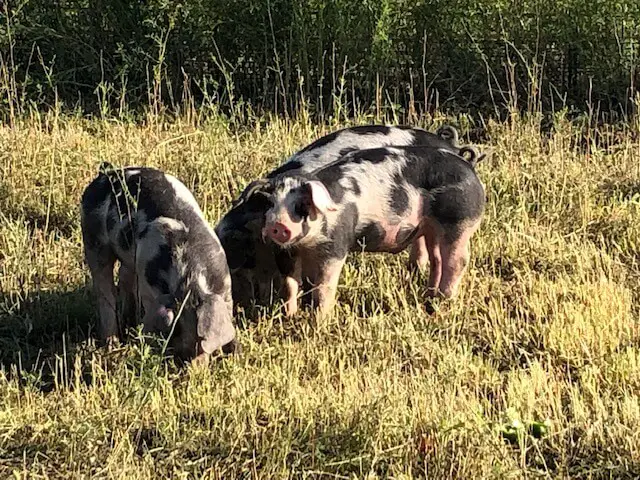
Cons To Raising Pigs
As with any addition to the homestead, pigs do add some negative aspects as well. With a little bit of planning, you can easily overcome these cons to raising pigs.
Strong Structures Needed
While piglets are quite cute and small, they grow very quickly. Pig pens should be strong and secure to help corral these rough and tumble animals. Do your research and ask fellow homesteaders what kind of pigpen materials they use.
Hog paneling is best when combined with sturdy metal for fencing. Electric fencing is often quite helpful for keeping pigs securely within an area. Pigs aren’t too picky about their shelter as long as it is sturdy enough for them and keeps them from the elements.
Remember that pigs are quite smart and will move around anything within their area that is not secure.
Sheer Size Can Be Scary
There are many old tales about pigs eating anything that falls into their area. Their growing weight, combined with their urge to eat, can create ravenous tendencies. This means that their sheer weight and excitement can become a danger to some on the farm.
Pigs are low to the ground and very stocky and will try to eat anything they can. They are also quite quick despite their stocky body. Always wear steel-toed boots while in the pigpen as well as long pants for added protection.
Children and small adults should always be outside of the pig area for added safety, especially as pigs grow to maturity.
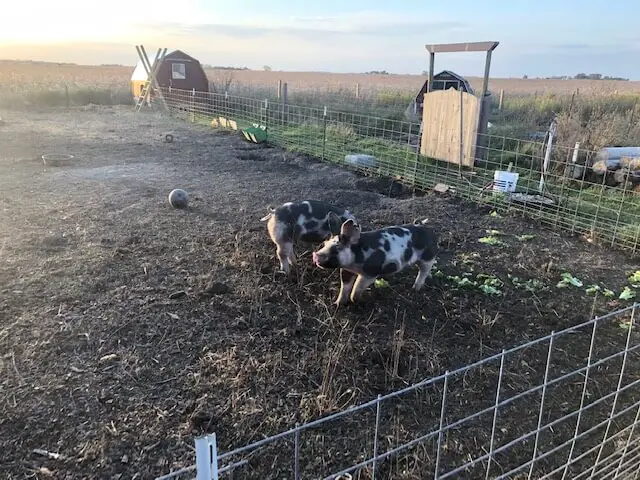
Quite Smart, Easy To Bore
While pigs are usually viewed as dumb animals, they are actually quite cunning. Pigs can usually get into trouble when they become bored. They can dig under fences, lift unsecured fencing with their strong snouts, and tear apart structures.
Many homesteaders try to keep pigs occupied by adding items to the pigpen like old tree stumps or logs to chew on. Some also add old bowling balls to the pen to keep pigs interested. When it comes time to butcher, pigs are usually aware that added trailers and trucks mean something is up.
Homesteaders often have trouble coaxing a full-grown pig into a trailer when it wasn’t there before.
Must Get More Than One
Pigs are social animals that tend to get depressed if they are by themselves. Many pig producers won’t sell you just one piglet because of their strong urge for companionship. Investing in at least two pigs helps them become stronger as they have competition for food.
Remember that pigs do best when they have both a secure shelter and enough pasture area to root around in.
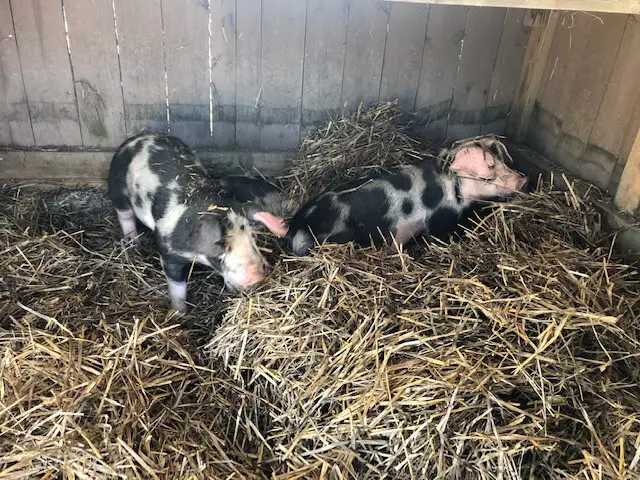
Need Winter Structures
Piglets added to the homestead during the early fall will be butchered in late winter to early spring. This means that homesteaders in colder climates will need some way to keep pigs warm throughout the cold winter season. Pigs do well in structures that block the wind, rain, and snow.
They enjoy fresh straw for their home and usually barrel down in the straw as a group to keep warm. Unlike birds with natural feathers for heat, pigs need extra elements to keep them warm through the winter.
More Investment Than Other Livestock
Upgrading the size of your livestock to pigs can be a much bigger investment. Buying piglets costs more than buying a chick, and pigs eat a lot!
However, if you work it right, you can offset costs by using table scraps doing your own butchering. If the meat that you grow will be too much for your family to eat in one year, consider selling half or a whole pig to friends or family who want to stock their freezer.
Extra Feeding Time
Some homesteaders choose to give their pigs an endless amount of food each day. This allows pigs to come and go as they please. However, those pigs on pasture are often fed limited quantities twice a day to encourage them to graze and find other food sources in the dirt. This requires some extra time in the early afternoon to feed pigs that may not work for some homesteaders.
There are many things to consider before adding pigs to the homestead this year. While they do require more time, effort, and investment to raise, pigs are a welcome addition to any homestead looking to raise their own meat. Many homesteads often have pigs on the farm for 6 months which means that you can try it for part of the year to see if you like it.
Always take into consideration these pros and cons to raising pigs when deciding what to add to the homestead this year.
Like this post? Don't Forget to Pin It on Pinterest!



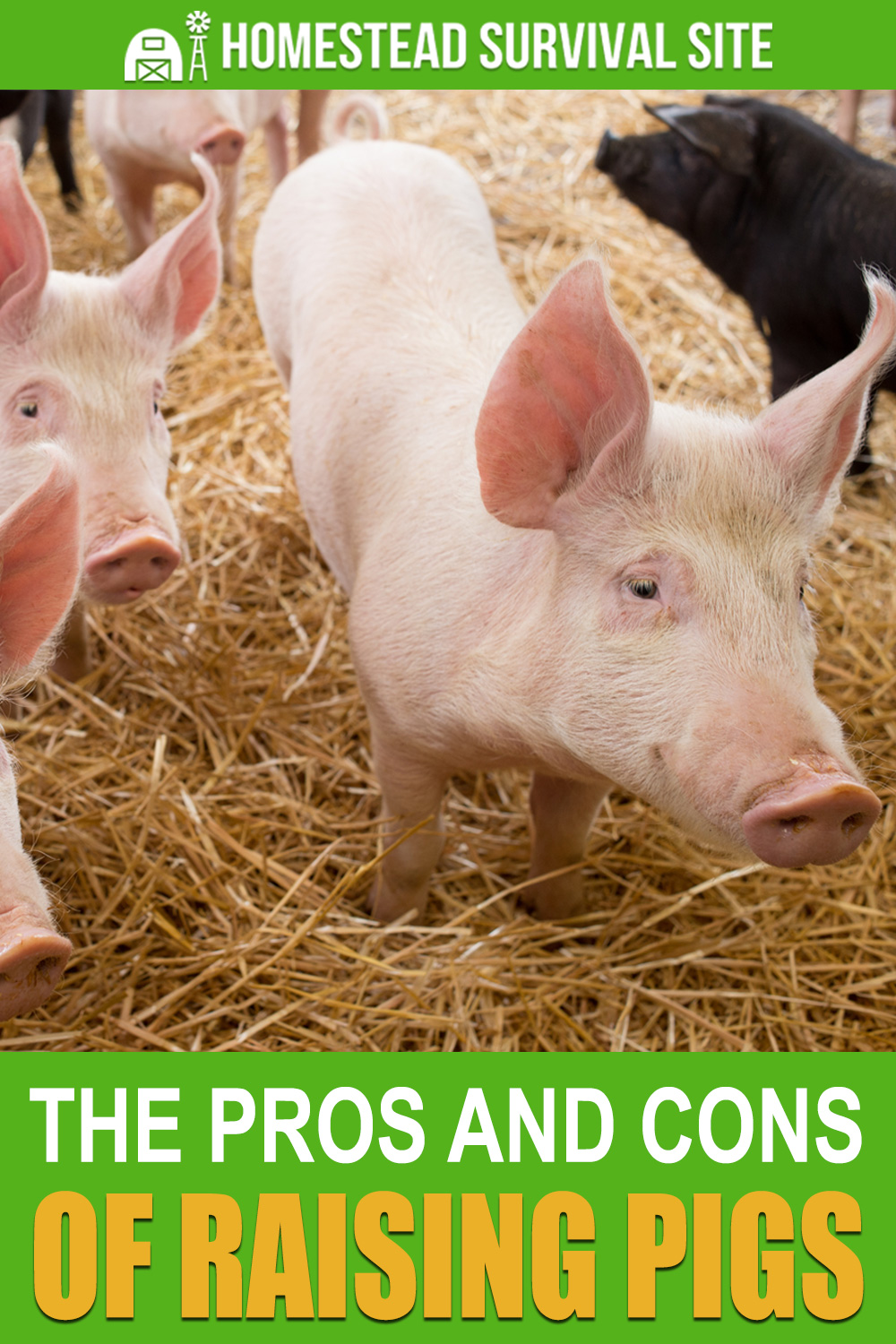

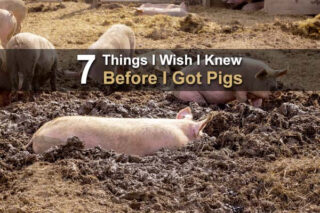
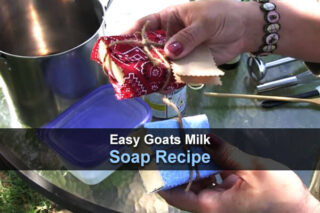


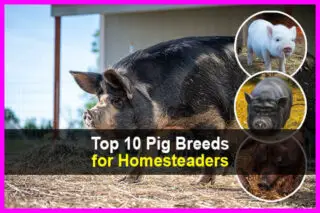


At one point we had 2 sows and 25 piglets. Both farrowed on the same day. Crazy… just crazy.
We sold all the piglets and freezerd the sows. I would raise pigs again but breeding them is not on my wish list. Theres something about barrowing piglets that never leaves you.
But that home raisesed ham is just unbeatable.